I love purple and blue in the summer garden. Blue, especially, is more rare. Don’t you think? If you want to attract a variety of pollinators to your garden, it’s important to include diverse plantings in a variety of colors. Adding blue and purple will attract certain butterflies, bees, hummingbirds, and even bats.
Today is all about a few of my favorite purple and blue blossoms for your summer garden.
Black & Blue Salvia
The bluest flower in our garden is Black & Blue Salvia guaranitica. I discovered this variety a few years ago and absolutely love the dark stems and vibrant blue flowers (what I call Picasso blue). This perennial flourishes in hot sunny weather, its blossoms attract hummingbirds, butterflies, and bees. Guess who doesn’t care for it…deer. (At least, not yet…)
Yay.
Lacecap and Mophead Hydrangeas
My neighbor has the most gorgeous blue hydrangeas! (My picture doesn’t do the plant justice because I had to zoom in from the sidewalk.)
Soil acidity determines the color of certain lacecap and mophead varieties of hydrangea. A soil pH between 5.2 and 5.5 will grow blue blossoms. If your soil is more alkaline, your blossoms will be pink. It is possible to change the color with the proper soil amendments.
For blue blooms, raise the acidity of your soil by adding pine needles, coffee grounds, sawdust, peat moss, and oak leaves. For pink blooms, raise the soil alkalinity by adding lime or wood ash.
Ours seem to vacillate between purple and pink. I’m happy with any color blossom, so I let them be.
Love-in-a-Mist
Love-in-a-Mist Nigella damascena is an early spring bloomer that was grown during colonial days in America. It grows in the heirloom gardens at the Headquarters House in Fayetteville, Arkansas.
A few years ago, I deadheaded lots of the seed pods, took them home, and dried them on the back porch. I scattered seeds the next fall, and finally, in spring 2024, they began coming up!
The seed pods are as gorgeous and unusual as the bloom.
Sea Holly
I’ve never grown Sea Holly but it’s on my garden bucket list. The flowers are absolutely gorgeous in a fresh flower arrangement.
I took this photo at the Botanical Garden of the Ozarks early in the morning before the gardens opened to the public. That’s my favorite time to be there when everything is fresh and oozing with magic. (A perk of being a garden volunteer.)
This particular variety is Ernygium planum Blue Glitter. I plan to have this growing in my own garden next year.
Plumbago
Our plumbago is beginning to bloom. It shows off in mid-summer and will continue blooming into fall. Thick and healthy, plumbago (Ceratostigma plumbaginoides) creates a drift of blue at the front of our garden bed and attracts bees.
I’ve decided to plant it anywhere I have a blank spot in front of my beds. It’s a beautiful ground cover.
Balloon Flower
Who doesn’t like balloons?
These Balloon Flowers (Platycodon grandiflorus) are happily growing at the Botanical Garden of the Ozarks. My next door neighbor grows them too.
Years ago I grew them in Dallas; they didn’t do so well, and I never tried them again. BUT recently, I purchased two plants and will be adding them to our front bed within the next few days.
Every garden party needs balloons!
Prairie Blazing Star
This is one of my pollinator favorites! Prairie Blazing Star (Liatris pycnostachya) grows 4-5 feet tall with lavender spikes that are butterfly and bee magnets. It blooms in mid to late summer starting from the top of the spike to bottom.
Liatris is the host plant for the rare Glorious Flower Moth (Schinia gloriosa).
Purple Coneflower
Summer wouldn’t be summer without purple coneflowers.
A favorite nectar plant for pollinators and a favorite seed head for goldfinches, coneflowers (Echinacea purpurea) stand tall and bright on the hottest days.
Purple coneflower is native to Arkansas.
Salvia
No pollinator garden should be without salvia. There are many, many varieties and shades to choose from—combining different ones provides a sea of color attractive to bees and butterflies.
Salvia is heat and drought tolerant. It’s aroma is a deterrent to deer and rabbits.
Butterfly Bush
If I had plenty of gardening acreage, I would grow butterfly bush (Buddleia davidii). This deciduous shrub needs room to flourish. One bush will provide nectar for butterflies throughout summer and into fall. It can be rather invasive, so it’s probably good we don’t have room for it.
Ageratum
Ageratum (Ageratum houstonianum) is one of my favorite filler plants for containers. Compact and lush, its blue flowers will look fresh all season if you deadhead spent blooms.
Globe Amaranth
Globe Amaranth (Gomphrena globosa) brings personality to your garden. This flower grows well both in the border area of your garden and in containers. The blossoms feel papery and remind me of clover. Use globe amaranth in fresh or dried arrangements.
⚘⚘⚘
⚘ My list is by no means all-inclusive. There are many other purple and blue flowers that will thrive in your garden—too many for me to include here.
⚘ Other personal favorites of mine include allium and iris (but these are spring bloomers in my area of the country and growing zone 7a). Many of the herbs we grow have purple flowers including lavender, Thai basil, and catmint.
⚘ I’ve tried to include plants I’ve grown successfully. I’m sure I’ve accidentally overlooked several.
⚘ What are your favorite plants for purple and blue in the summer garden?
Grace Grits and Gardening
Farm. Food. Garden. Life.
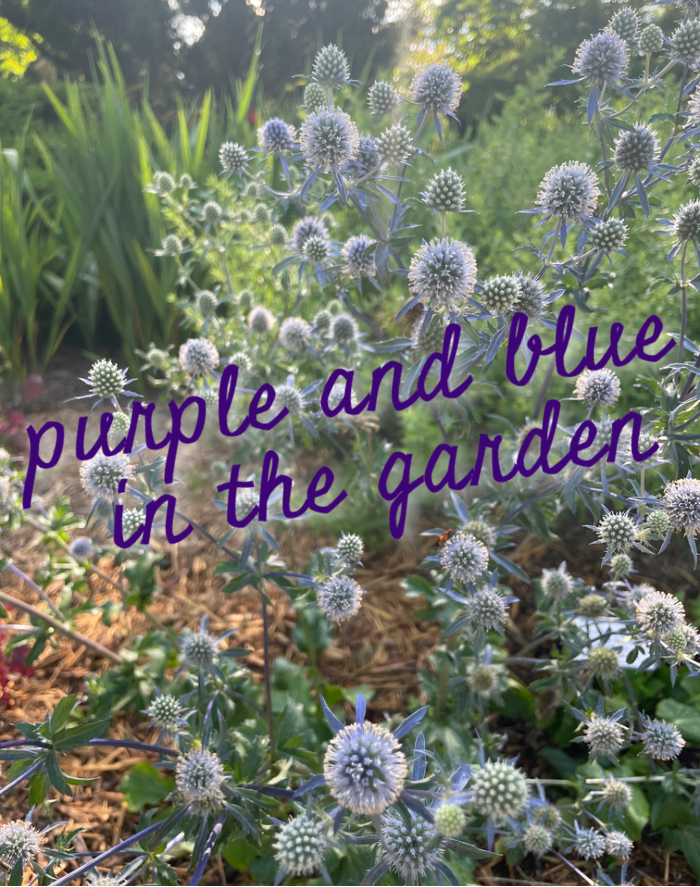
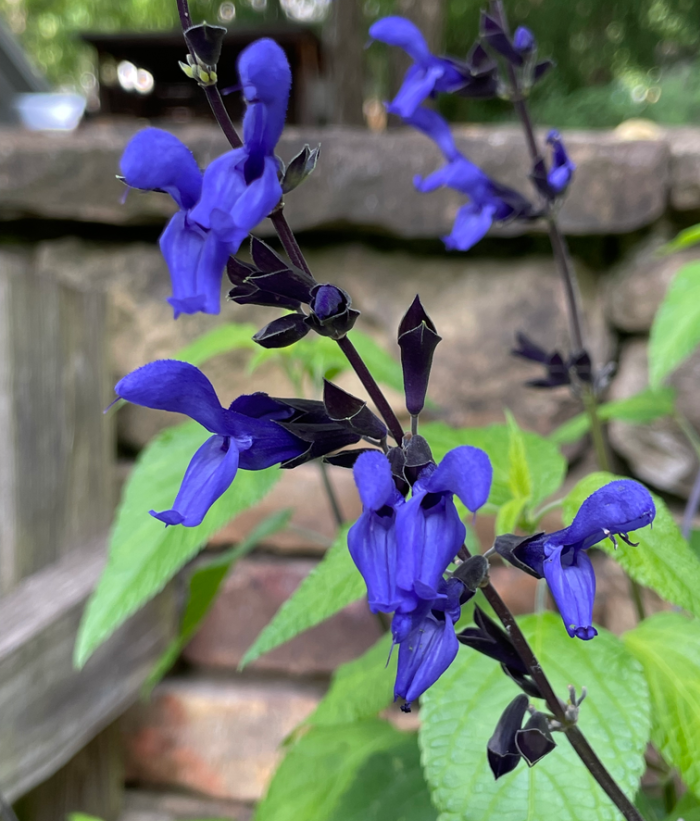
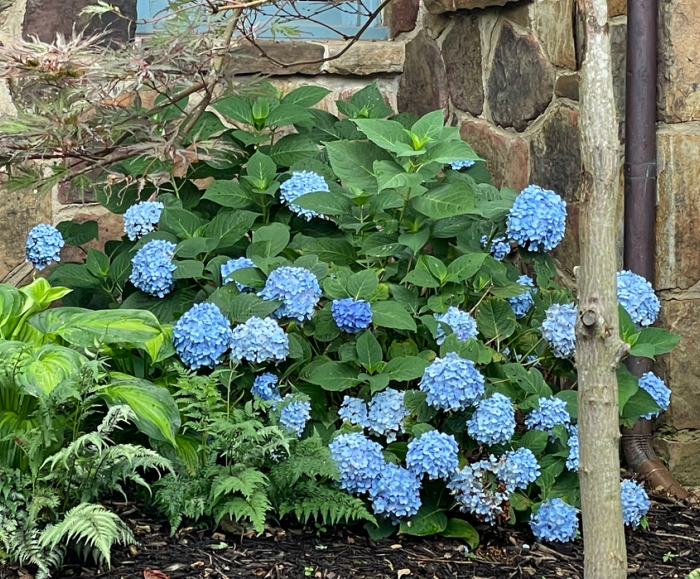
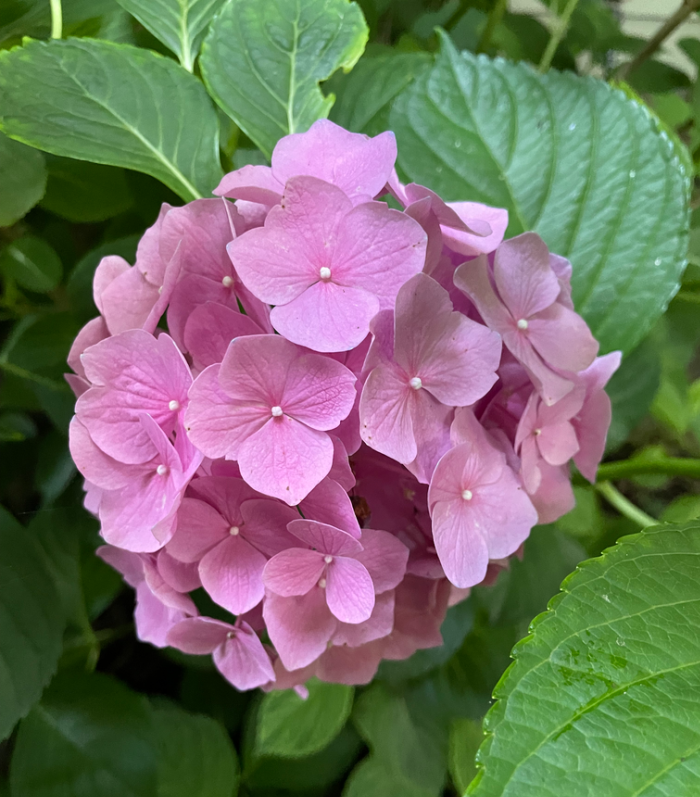
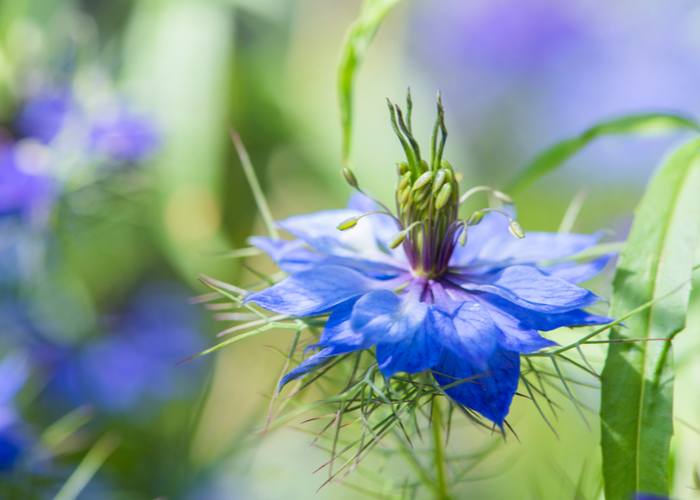
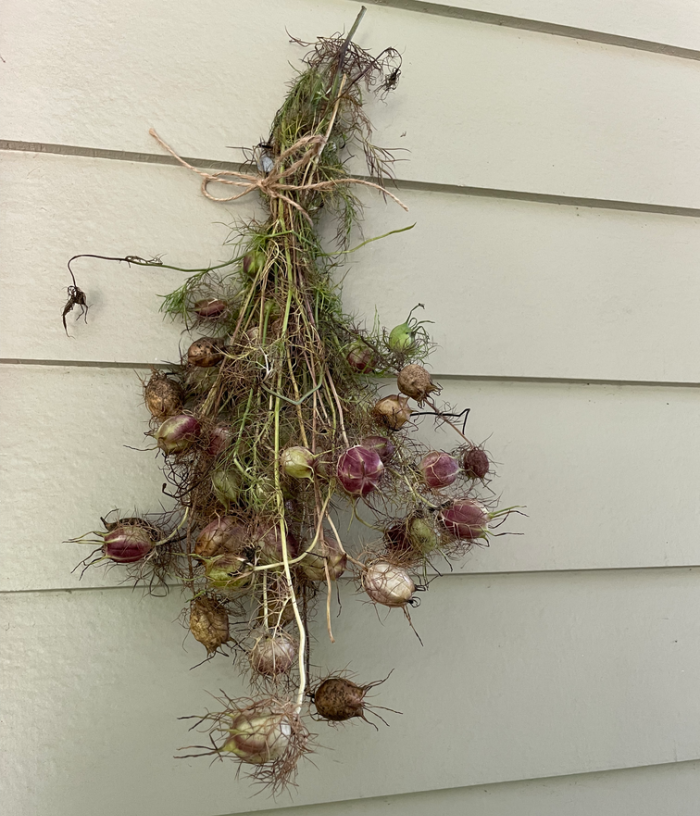
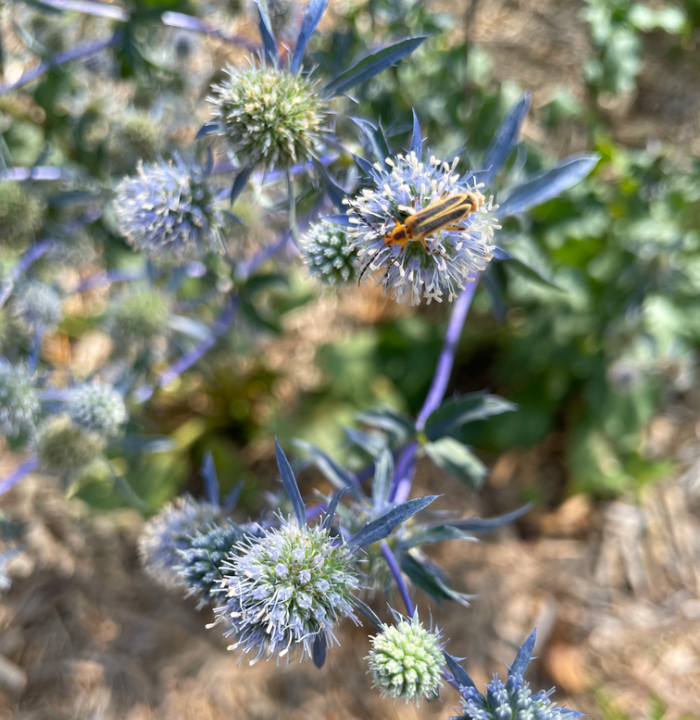
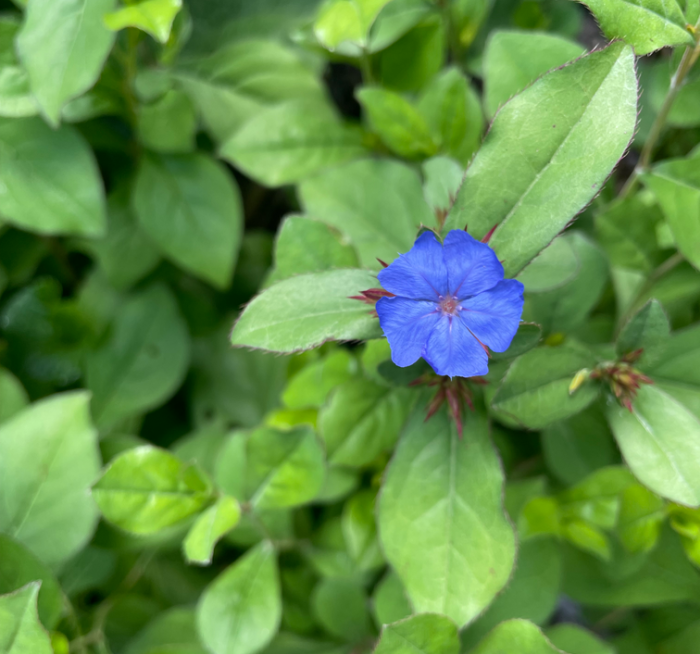
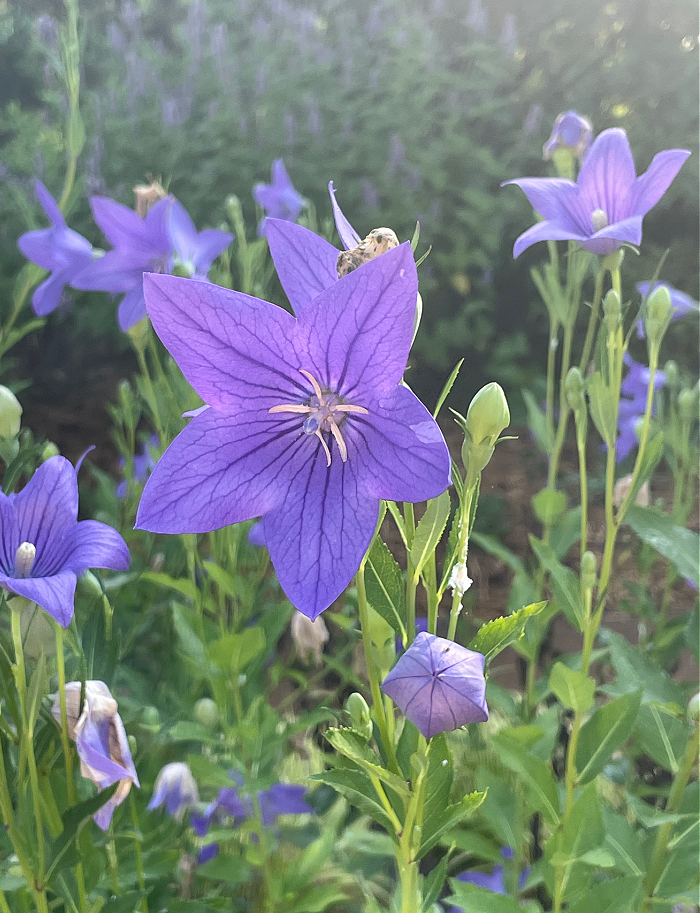
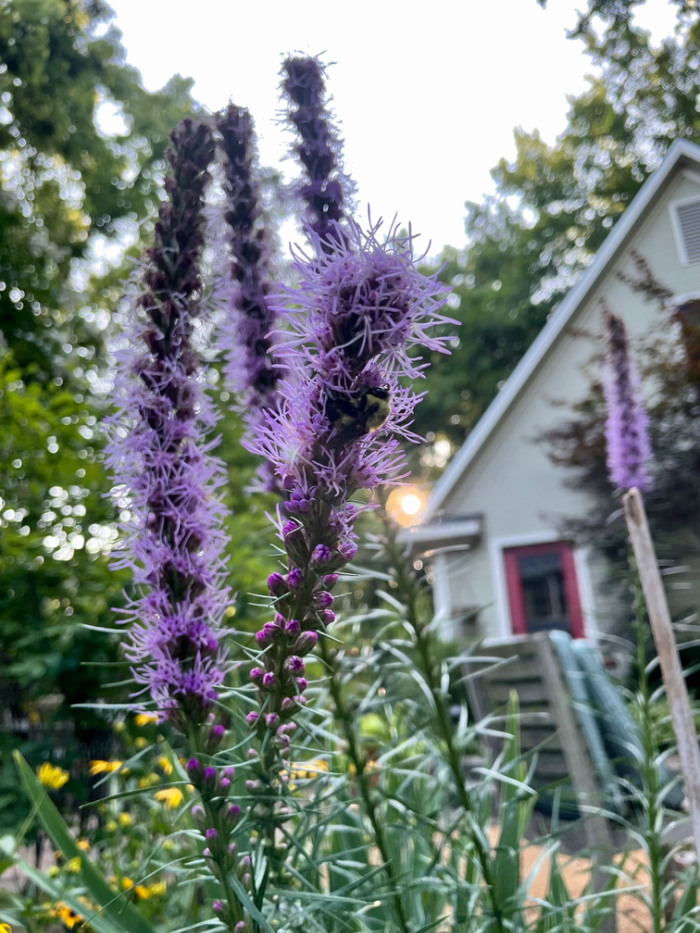
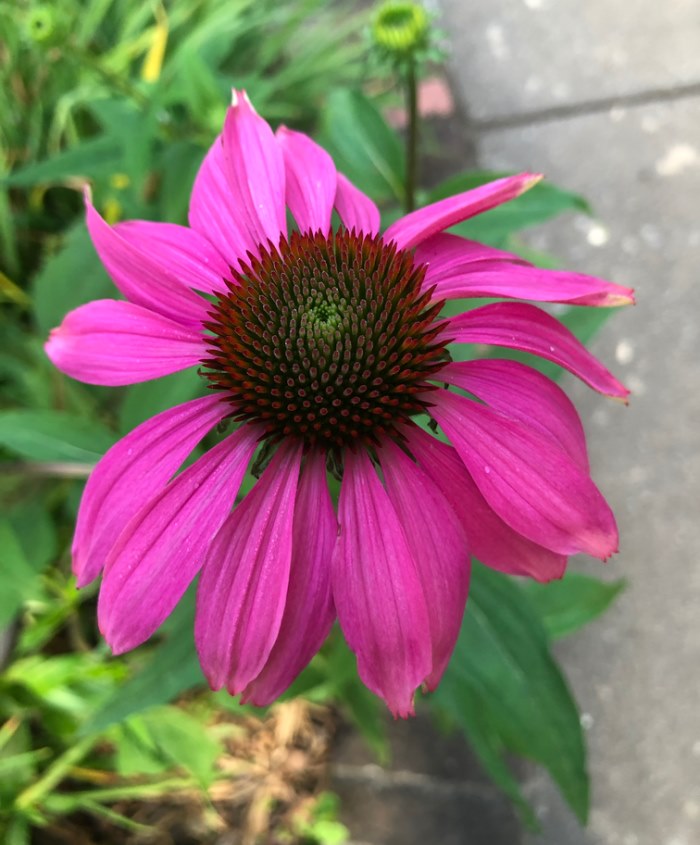
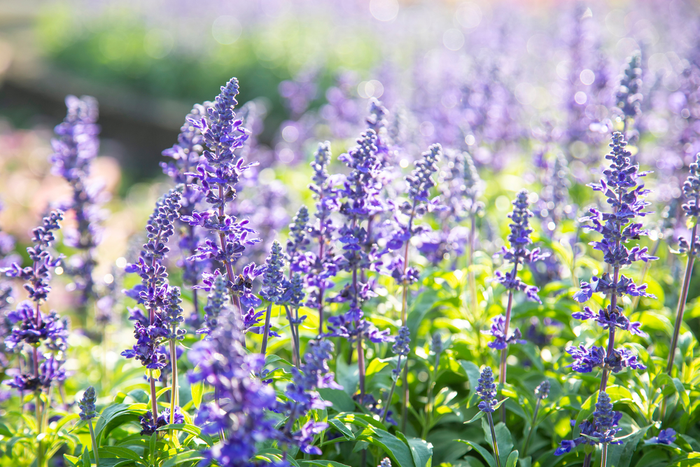
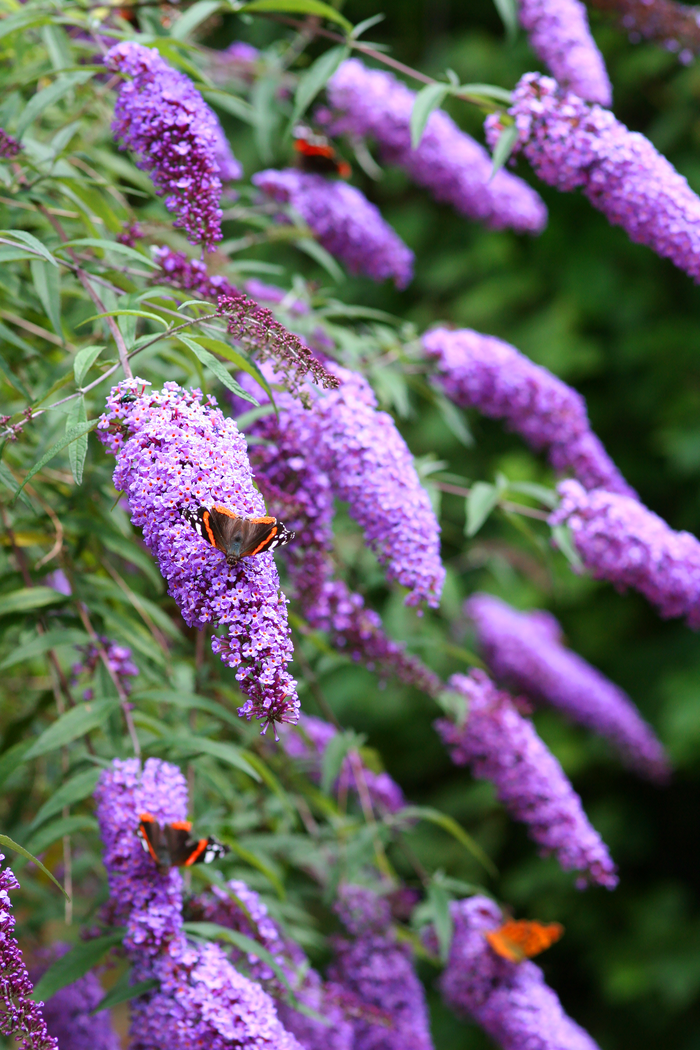
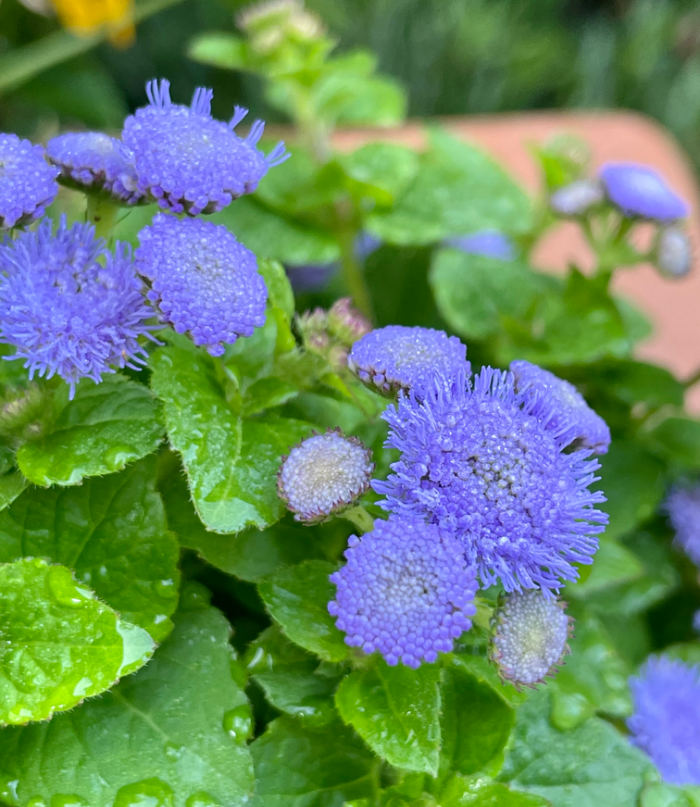









I, too, Love the blues, especially, and you have introduced me to some varieties I’m unfamiliar with. Thank you, Talya. Loved this post! 💙
Your garden is beautiful
So much useful information here! I love ballon flowers, liatris, and globe amaranth but I haven’t had much success with those here. They grew well for me in Des Moines though. Your flowers all look beautiful.
I’m still learning the ways of Arkansas gardening and got some great ideas from your post. Many blues in my Wyoming garden that included penstemons and globe thistle. I’ll keep experimenting. I have a very shady yard so sun loving flowers get crowded into small spaces.